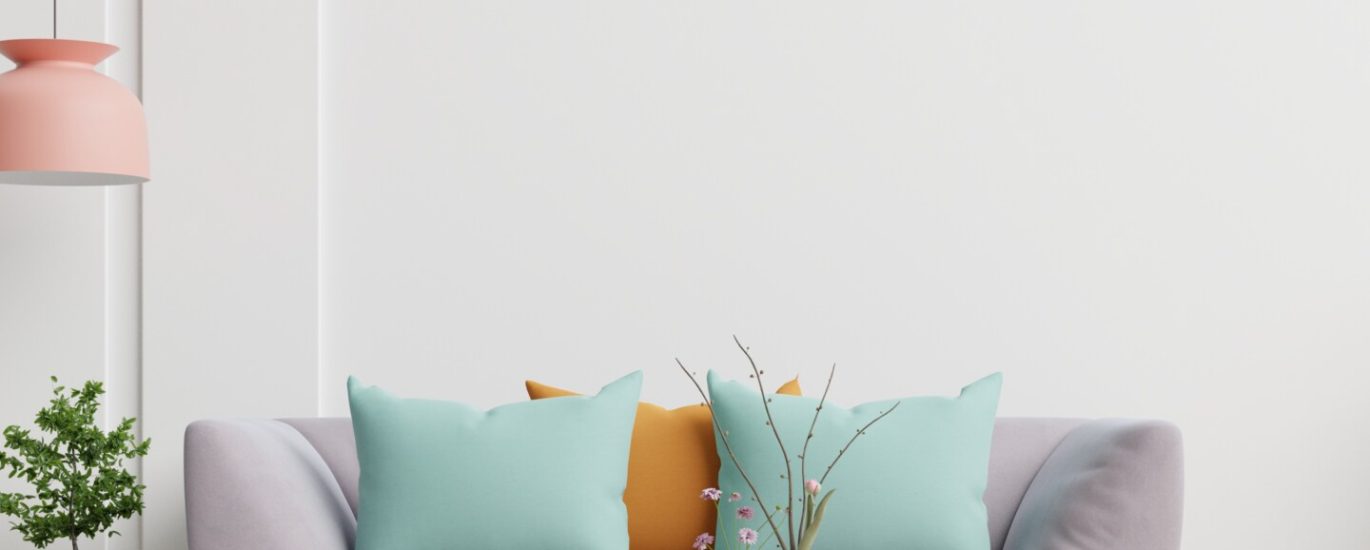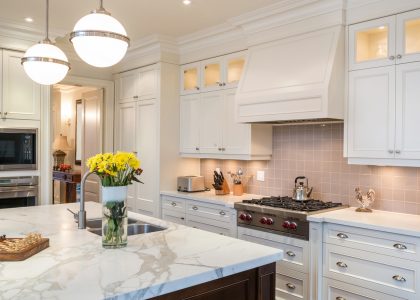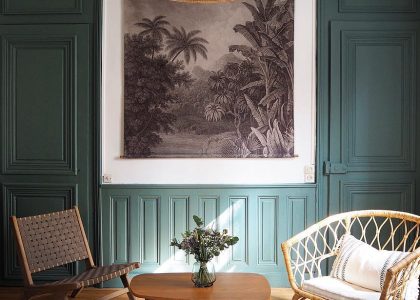A wall lamp can add a touch of style and personality to your decor. They also provide excellent ambient lighting as well as practical task lighting. But before you buy a wall lamp, it’s important to determine what type of light is right for your space and the specific lighting requirements. Vvvov.
Wall lights come in a variety of styles and designs, including sconces, brackets, torchieres and lanterns. Sconces are a long, flexible fixture that extends from the wall and holds a single bulb that is covered by glass, cloth or porcelain. The earliest types of sconces held candles, which eventually evolved into oil lamps and gas lights. Today, wall sconces are often available in modern and contemporary styles that reflect the changing tastes of homeowners.
Choosing the right wall lamp can be tricky, and you may feel confused by all the options available to you. The key to selecting the best one for you is to first assess your specific needs and put down a design and decor plan on paper.
If you have any special lighting needs, you might consider installing a dimmer switch on your new lamp. Most modern wall lamps are dimmable and will allow you to change the amount of brightness at any time of day, depending on your preference.
Another important thing to remember is that you want to choose a wall lamp that is a good match for the scale of your table. If your end table is small and your wall lamp is large, it will look out of proportion. That’s why it’s crucial to measure the width of your table and base when you are shopping for a lamp.
The width of your table should be at least 1.5 times the height of your lamp, and the measurement across the bottom of the lampshade should be twice as wide as the base of the lamp (give or take an inch). This is a simple, easy way to ensure that your new wall lamp looks great.
Your wall lamp should also be positioned so that you’ll not be directly illuminated by it while you are sitting at the table. This is especially important if you’re working on a project that requires eye contact, such as painting or writing.
You can also consider placing your wall lamp next to the couch or bed in order to create a reading area. Some wall lights are specially designed for this purpose, but a conventional wall lamp can make a fantastic reading light as well.
When deciding where to place your wall lamp, be sure to think about the size of the room and how many people will be using the space. Installing too many lamps in a small hallway can create a dark corridor. Alternatively, a light every 8 to 10 feet in a large hallway can be sufficient, but if your space is particularly large, it’s worth arranging the lights so that they don’t line up.





